Gem Profile- Vesuvianite
I think you know by now that volcanos can be numbered among my favorite things, though I don't think they would fit well with raindrops on roses or whiskers on kittens.
My favorite volcanic process is that of metamorphism and this week we will be taking a look at a mineral and gemstone that is made through contact metamorphism of high silicon-bearing limestone; Vesuvianite, or Idocrase.
My favorite volcanic process is that of metamorphism and this week we will be taking a look at a mineral and gemstone that is made through contact metamorphism of high silicon-bearing limestone; Vesuvianite, or Idocrase.

What is Vesuvianite?
Vesuvianite is generally green, a similar color to olivine, it has been found in yellow, brown, blue, purple (rare) and white. It is often found with other rare minerals and the transparent form can be faceted for gems.
Vesuvianite can be in a massive form or in crystal form with the crystals being faceted for gems.
Vesuvianite from the Jeffrey Mine in Asbestos, Quebec
Vesuvianite is generally green, a similar color to olivine, it has been found in yellow, brown, blue, purple (rare) and white. It is often found with other rare minerals and the transparent form can be faceted for gems.
Vesuvianite can be in a massive form or in crystal form with the crystals being faceted for gems.
Vesuvianite from the Jeffrey Mine in Asbestos, Quebec

Vesuvianite crystals form in transparent four-sided prisms with a pyramid termination. Massive forms are often difficult to distinguish from grossular garnet which is why Vessuvianite has been mistaken for grossular garnet in the past. Callifornite, a massive form of opaque Vesuvianite, has also been called California Jade and American Jade.
Transparent Idocrase
Transparent Idocrase
Where is it found?
Vesuvianite was first discovered in 1795 by Abraham Gottlob Werner as he was studying the minerals around Mount Vesuvius in Italy, hence the name. Several years later another mineralogist, Rene Just Huay, suggested the name Idocrase after more of the stone was found in other parts of the world.
The two names are fairly interchangeable with some regional names like Californite distinguishing the massive form found in that state and Cyprine which denotes blue Idocrase that has trace elements of copper and is named after Cyprium, the ancient name for copper. A note here; though the names are fairly interchangeable, the name Vesuvianite does take precedence.
Vesuvianite is found worldwide in volcanic areas that have been subjected to contact metamorphism with significant veins being found in Italy (Mt Vesuvius), Canada (Asbestos), California (Siskiyou County), the Ural Mountains of Russia, and most recently in China (Fushan, Hebei Province). Cyprine, the blue variety of Vesuvianite, has been found in New Jersey (Franklin), Sweden (Jakobsberg Mine), Sri Lanka and Pakistan.
Vesuvianite Wand
Vesuvianite was first discovered in 1795 by Abraham Gottlob Werner as he was studying the minerals around Mount Vesuvius in Italy, hence the name. Several years later another mineralogist, Rene Just Huay, suggested the name Idocrase after more of the stone was found in other parts of the world.
The two names are fairly interchangeable with some regional names like Californite distinguishing the massive form found in that state and Cyprine which denotes blue Idocrase that has trace elements of copper and is named after Cyprium, the ancient name for copper. A note here; though the names are fairly interchangeable, the name Vesuvianite does take precedence.
Vesuvianite is found worldwide in volcanic areas that have been subjected to contact metamorphism with significant veins being found in Italy (Mt Vesuvius), Canada (Asbestos), California (Siskiyou County), the Ural Mountains of Russia, and most recently in China (Fushan, Hebei Province). Cyprine, the blue variety of Vesuvianite, has been found in New Jersey (Franklin), Sweden (Jakobsberg Mine), Sri Lanka and Pakistan.
Vesuvianite Wand

A little history of Mount Vesuvius:
Mount Vesuvius is a stratovolcano located in the Gulf of Naples, Italy. It is one of the several volcanoes which form the Companian Volcanic arc. Vesuvius consists of a large cone partially encircled by the the steep rim of a summit caldera caused by the collapse of an earlier and much higher structure.
Mount Vesuvius is best known for it's eruption in AD 79, which led to the burying of the Roman city of Pompei.
Vesuvius has erupted many time since and is the only volcano on the European mainland to have erupted in the last hundred years. The last major eruption of Mount Vesuvius in March of 1944, destroying the villages of San Sebastiano al Vessuvio, Massa di Somma, Ottaviano and part of San Girogio a Cremano.
City of Naples with Mount Vesuvius at sunset and the crater of Vesuvius in 2012
Mount Vesuvius is a stratovolcano located in the Gulf of Naples, Italy. It is one of the several volcanoes which form the Companian Volcanic arc. Vesuvius consists of a large cone partially encircled by the the steep rim of a summit caldera caused by the collapse of an earlier and much higher structure.
Mount Vesuvius is best known for it's eruption in AD 79, which led to the burying of the Roman city of Pompei.
Vesuvius has erupted many time since and is the only volcano on the European mainland to have erupted in the last hundred years. The last major eruption of Mount Vesuvius in March of 1944, destroying the villages of San Sebastiano al Vessuvio, Massa di Somma, Ottaviano and part of San Girogio a Cremano.
City of Naples with Mount Vesuvius at sunset and the crater of Vesuvius in 2012


To view a video of the the Eruption of 1944 as recorded and published in an original Newsreel on Wikipedia see resouces below.

How to use Vesuvianite:
Vesuvianite ranks at about a 6.5 on the MOHS scale making it ideal for cabochons when cut from opaque material and the transparent variety takes a nice facet to show the beautiful green color and fire of the stone.
Vesuvianite ranks at about a 6.5 on the MOHS scale making it ideal for cabochons when cut from opaque material and the transparent variety takes a nice facet to show the beautiful green color and fire of the stone.

It is best worn in necklaces or earrings, but can also be set for a ring. Care for the stone as you would a garnet or quartz and if it is set in a ring, be careful not to be too rough as the stone can fracture with a lot of wear and tear.

Other interesting properties of Vesuvianite:
Vesuvianite is a very "energetic" stone that can release negativity, align ones will with the heart and can help the wearer find the courage to change paths when needed. It also helps release hidden fear, and is one of the stones considered beneficial for overall health of the wearer.
Vesuvianite is a very "energetic" stone that can release negativity, align ones will with the heart and can help the wearer find the courage to change paths when needed. It also helps release hidden fear, and is one of the stones considered beneficial for overall health of the wearer.

Resources:
Vesuvianite & Idocrase: www.gemselect.com
Gemology of Vesuvianite: gemologyproject.com/wiki/index.php?title=Vesuvianite
Video of the the Eruption of 1944 as recorded and published in an original Newsreel: en.wikipedia.org/wiki/File:Vesuvius_in_Eruption,_newsreel_%281944%29.ogv
Vesuvianite & Idocrase: www.gemselect.com
Gemology of Vesuvianite: gemologyproject.com/wiki/index.php?title=Vesuvianite
Video of the the Eruption of 1944 as recorded and published in an original Newsreel: en.wikipedia.org/wiki/File:Vesuvius_in_Eruption,_newsreel_%281944%29.ogv
Materials

Wire

Bead

Cabochons
Tools

WireJewelry - Ultimate Wire-Pliers Jewelry Pliers with Case, Set of 5
G15-20
- G15-20
- Lesson Quantity: 1.00 pieces
- Purchase Quantity: 1.00 each
- Price: $170.72
- Gold Club Price: $128.04

Bench Tools
- Category: General Education
- Technique(s): General Education






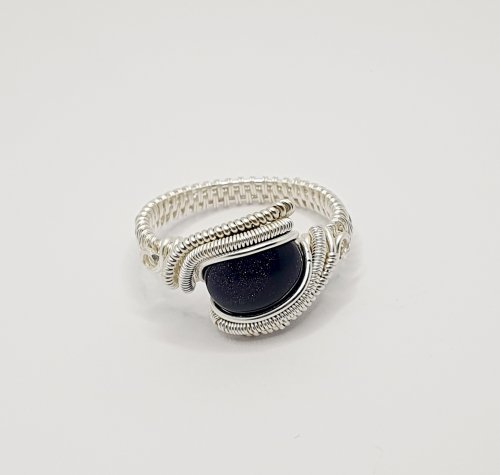
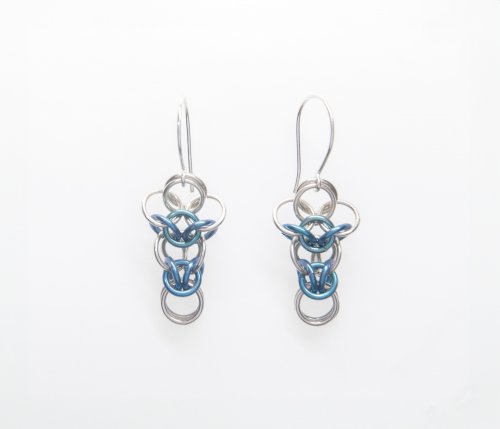
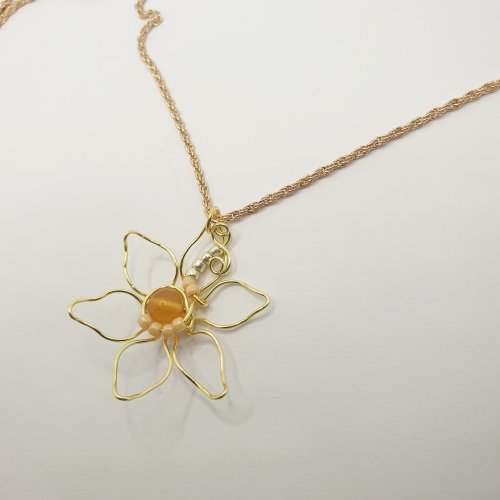


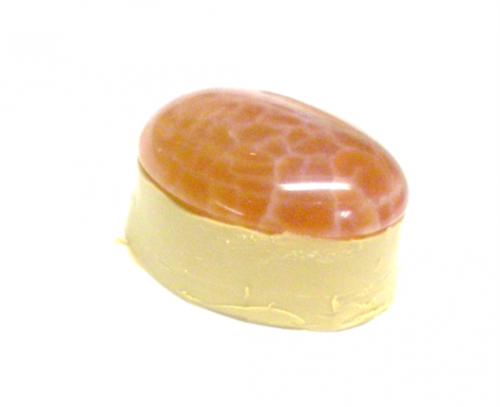
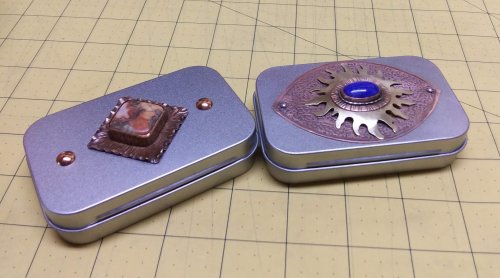


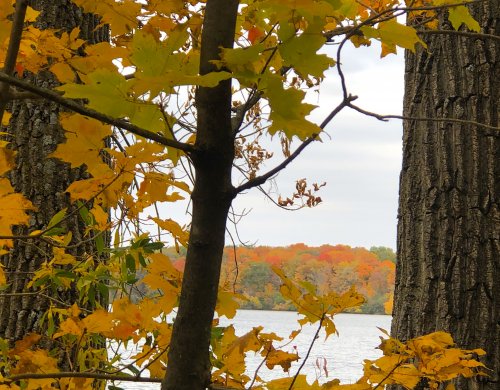

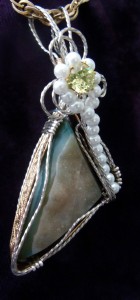

 About Jewelry Chain- About Ball Chain
About Jewelry Chain- About Ball Chain About Jewelry Chain- Snake Chain and Omega Chain
About Jewelry Chain- Snake Chain and Omega Chain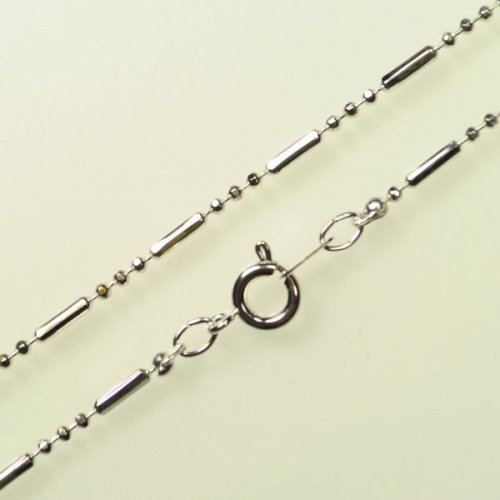 About Jewelry Chain- Bar Chain and Peanut Chain
About Jewelry Chain- Bar Chain and Peanut Chain About Jewelry Chain - Cable Chain and Rolo Chain
About Jewelry Chain - Cable Chain and Rolo Chain About Jewelry Chain- Curb Chain and Gourmette Chain
About Jewelry Chain- Curb Chain and Gourmette Chain About Jewelry Chain- Figaro Chain
About Jewelry Chain- Figaro Chain About Jewelry Chain- Infinity Chain and Anchor Chain
About Jewelry Chain- Infinity Chain and Anchor Chain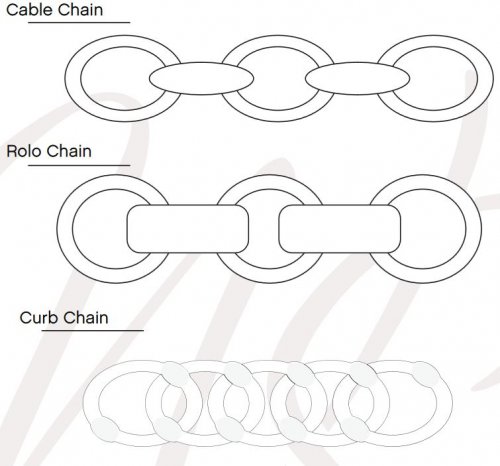 About Jewelry Chain- Chain Reference Sheet
About Jewelry Chain- Chain Reference Sheet About Jewelry Chain- Venetian Chain and Box Chain
About Jewelry Chain- Venetian Chain and Box Chain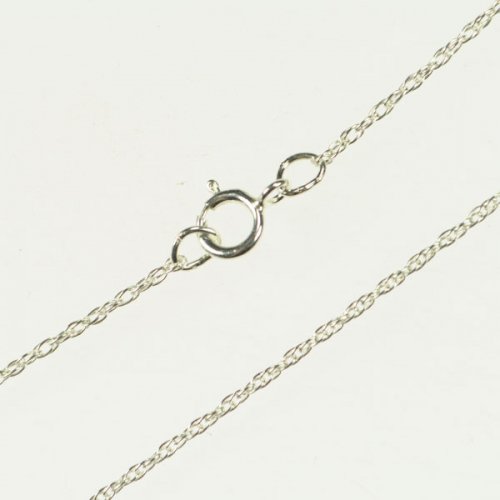 About Jewelry Chain- Wheat Chain and Rope Chain
About Jewelry Chain- Wheat Chain and Rope Chain Introduction to Chain
Introduction to Chain Access More Money by Making Jewelry When Your Prices Are Right
Access More Money by Making Jewelry When Your Prices Are Right An Introduction to Beads and Beading
An Introduction to Beads and Beading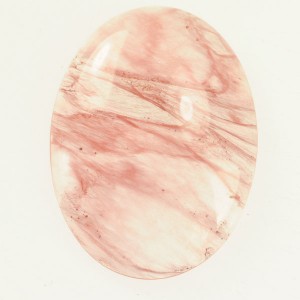 Common Gemstone Misconceptions
Common Gemstone Misconceptions Wire Wrapped Christmas Tree
Wire Wrapped Christmas Tree How To Polish Metal Jewelry using a Rotary Tumbler
How To Polish Metal Jewelry using a Rotary Tumbler How To Polish Your Own Rocks using a Rotary Rock Tumbler
How To Polish Your Own Rocks using a Rotary Rock Tumbler How to Merchandise Your Jewelry on the Internet
How to Merchandise Your Jewelry on the Internet How to Use Twitter as a Wire Jewelry Artist
How to Use Twitter as a Wire Jewelry Artist 20 Ideas to get your Jewelry Biz Busy
20 Ideas to get your Jewelry Biz Busy Watching the Precious Metals Market
Watching the Precious Metals Market Jewelry Design Ideas - Get Inspired
Jewelry Design Ideas - Get Inspired Measuring Tools
Measuring Tools July Birthstone - The Ruby
July Birthstone - The Ruby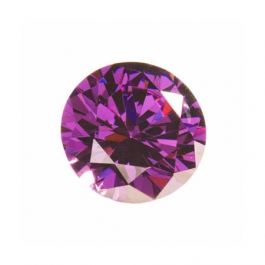 February Birthstone- Amethyst
February Birthstone- Amethyst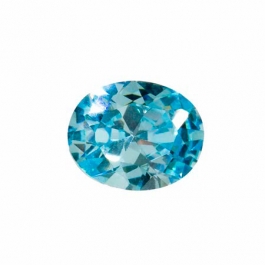 March Birthstone - Aquamarine and Bloodstone
March Birthstone - Aquamarine and Bloodstone September Birthstone - Sapphire
September Birthstone - Sapphire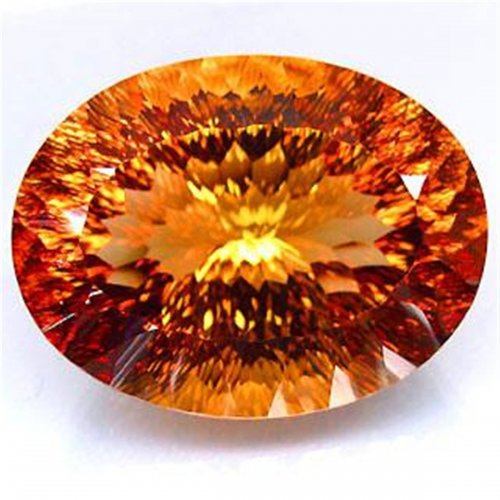 November Birthstones - Topaz and Citrine
November Birthstones - Topaz and Citrine October Birthstones - Rose Zircon, Pink Tourmaline and Opal
October Birthstones - Rose Zircon, Pink Tourmaline and Opal April Birthstone - The Diamond
April Birthstone - The Diamond August Birthstone - Peridot and Sardonyx
August Birthstone - Peridot and Sardonyx June Birthstones - Alexandrite, Pearl and Moonstone
June Birthstones - Alexandrite, Pearl and Moonstone Metalsmithing
Metalsmithing Featured Tool - Mini TruStrike Hammers
Featured Tool - Mini TruStrike Hammers Natural Jasper Stones - Cabochon Gemstones
Natural Jasper Stones - Cabochon Gemstones Organize Your Jewelry Box
Organize Your Jewelry Box Pearls- It's a Cultural Thing
Pearls- It's a Cultural Thing Soldering 101
Soldering 101 Starting Your Own Home Jewelry Business
Starting Your Own Home Jewelry Business The Art of Creating Chainmail
The Art of Creating Chainmail Why Should I Be Using Facebook
Why Should I Be Using Facebook Make Handmade Neck Cords on a Dime
Make Handmade Neck Cords on a Dime Tagging Handmade Jewelry Gifts
Tagging Handmade Jewelry Gifts Share Your Expertise with Your Community
Share Your Expertise with Your Community Creating Color Schemes for Jewelry Making
Creating Color Schemes for Jewelry Making Bronze, Brass, Nickel Silver and Copper Base Metals
Bronze, Brass, Nickel Silver and Copper Base Metals Gemstone Treatments
Gemstone Treatments How Wire is Made
How Wire is Made Beading A-B-C's
Beading A-B-C's How to Set Up Your Workspace
How to Set Up Your Workspace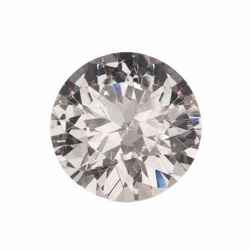 Gem Profile- Diamond
Gem Profile- Diamond Gem Profile- Peridot
Gem Profile- Peridot Gem Profile- Goldstone
Gem Profile- Goldstone Gem Profile- Cryptocrystalline Quartz Introduction
Gem Profile- Cryptocrystalline Quartz Introduction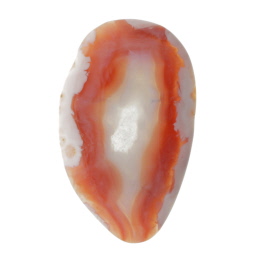 Gem Profile- Banded Agate and Brecciated Agate
Gem Profile- Banded Agate and Brecciated Agate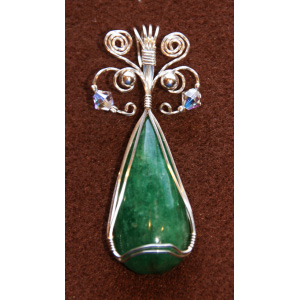 Gem Profile- Emerald
Gem Profile- Emerald Gem Profile- Titanite or Sphene
Gem Profile- Titanite or Sphene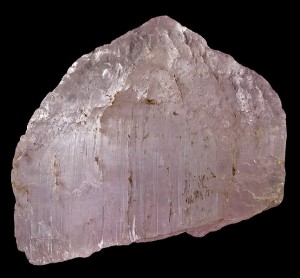 Gem Profile- Morganite
Gem Profile- Morganite Gem Profile- Desert Rose
Gem Profile- Desert Rose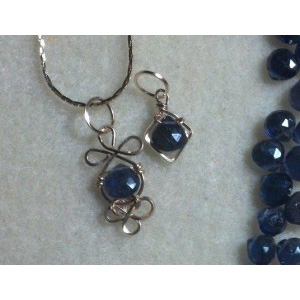 Gem Profile- Iolite
Gem Profile- Iolite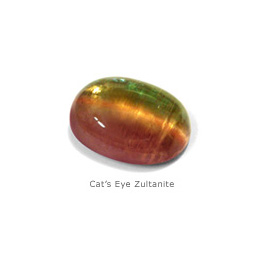 Gem Profile- Zultanite
Gem Profile- Zultanite Gem Profile- Maw Sit Sit
Gem Profile- Maw Sit Sit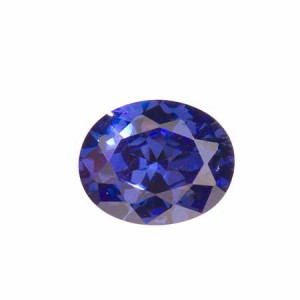 Gem Profile- Tanzanite
Gem Profile- Tanzanite Gem Profile- Aquamarine
Gem Profile- Aquamarine Gem Profile- Turquoise
Gem Profile- Turquoise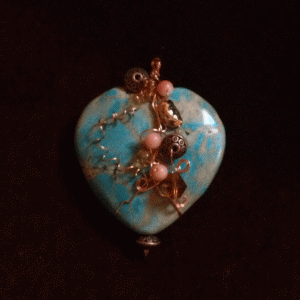 Gem Profile- Turquoise Types
Gem Profile- Turquoise Types Gem Profile- What's Druze
Gem Profile- What's Druze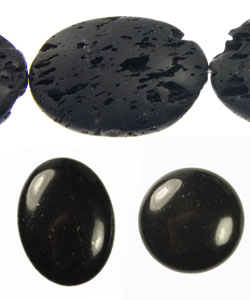 Gem Profile- Basalt
Gem Profile- Basalt Gem Profile- Fordite
Gem Profile- Fordite Gem Profile- Variscite
Gem Profile- Variscite Gem Profile- Pearls
Gem Profile- Pearls Gem Profile- Onyx
Gem Profile- Onyx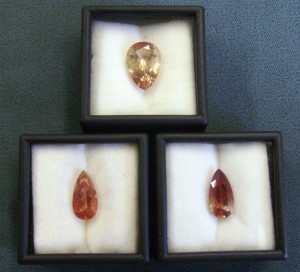 Gem Profile- Sunstone
Gem Profile- Sunstone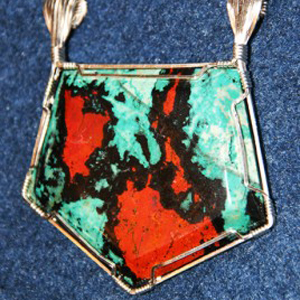 Gem Profile- Sonora Sunrise
Gem Profile- Sonora Sunrise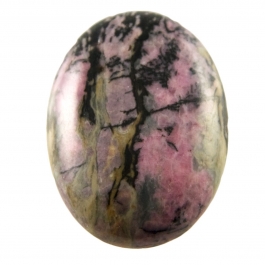 Gem Profile- Rhodonite
Gem Profile- Rhodonite Gem Profile- Glass, Crystal and Quartz
Gem Profile- Glass, Crystal and Quartz Gem Profile- Psilomelane
Gem Profile- Psilomelane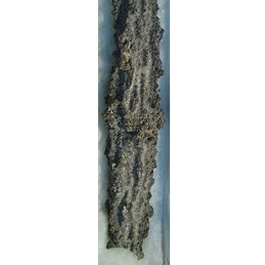 Gem Profile- Fulgurite
Gem Profile- Fulgurite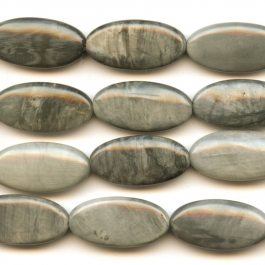 Gem Profile- Cat's Eye
Gem Profile- Cat's Eye Gem Profile- Carnelian
Gem Profile- Carnelian Gem Profile- Petoskey Stones and Indonesian Fossil Coral
Gem Profile- Petoskey Stones and Indonesian Fossil Coral Gem Profile- Rutilated Quartz
Gem Profile- Rutilated Quartz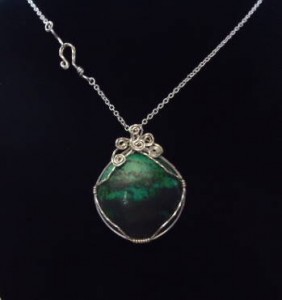 Gem Profile- Chrysocolla
Gem Profile- Chrysocolla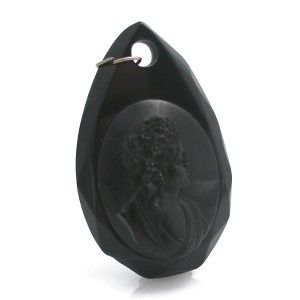 Gem Profile- Jet
Gem Profile- Jet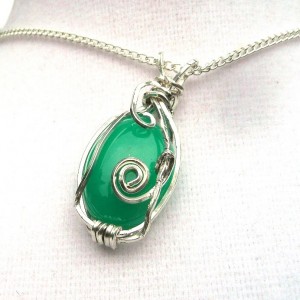 Gem Profile- Chrysoprase
Gem Profile- Chrysoprase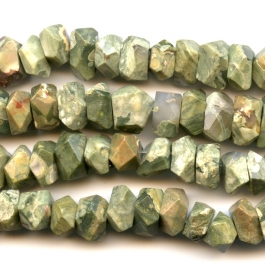 Gem Profile- Rhyolite
Gem Profile- Rhyolite Gem Profile- Chalcedony
Gem Profile- Chalcedony Gem Profile- Lepidolite and Sugilite
Gem Profile- Lepidolite and Sugilite Gem Profile- Unakite
Gem Profile- Unakite Gem Profile- Cowrie Shells, Conch Shells, and Drilling Shells
Gem Profile- Cowrie Shells, Conch Shells, and Drilling Shells Gem Profile- Mother of Pearl
Gem Profile- Mother of Pearl Gem Profile- Moss Agate and Plume Agate
Gem Profile- Moss Agate and Plume Agate Gem Profile- Thundereggs and Mexican Lace Agate
Gem Profile- Thundereggs and Mexican Lace Agate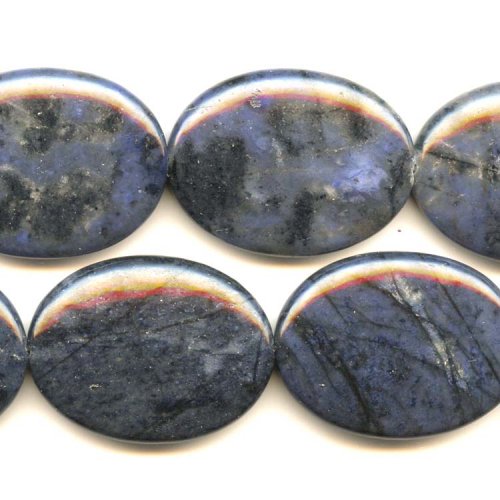 Gem Profile- Dumortierite
Gem Profile- Dumortierite Gem Profile- Apatite
Gem Profile- Apatite Gem Profile- Blue Topaz
Gem Profile- Blue Topaz Gem Profile- Aragonite
Gem Profile- Aragonite Gem Profile- Zircon and Cubic Zirconia
Gem Profile- Zircon and Cubic Zirconia Gem Profile- Topaz
Gem Profile- Topaz Gem Profile- Howlite
Gem Profile- Howlite Gem Profile- Sodalite
Gem Profile- Sodalite Gem Profile- Magnesite
Gem Profile- Magnesite Gem Profile- Cuprite
Gem Profile- Cuprite Gem Profile- Nuummite
Gem Profile- Nuummite Gem Profile- Bronzite
Gem Profile- Bronzite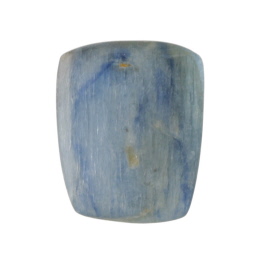 Gem Profile- Kyanite
Gem Profile- Kyanite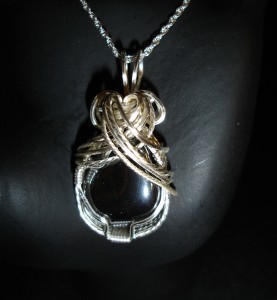 Gem Profile- Hematite
Gem Profile- Hematite Gem Profile- Derbyshire Blue John
Gem Profile- Derbyshire Blue John Gem Profile- Eilat Stone
Gem Profile- Eilat Stone Gem Profile- Strontium Titanate -Fabulite
Gem Profile- Strontium Titanate -Fabulite Gem Profile- Tourmaline
Gem Profile- Tourmaline Gem Profile- Larimar
Gem Profile- Larimar Gem Profile- Garnet
Gem Profile- Garnet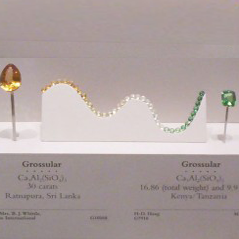 Gem Profile- Tsavorite and Green Garnets
Gem Profile- Tsavorite and Green Garnets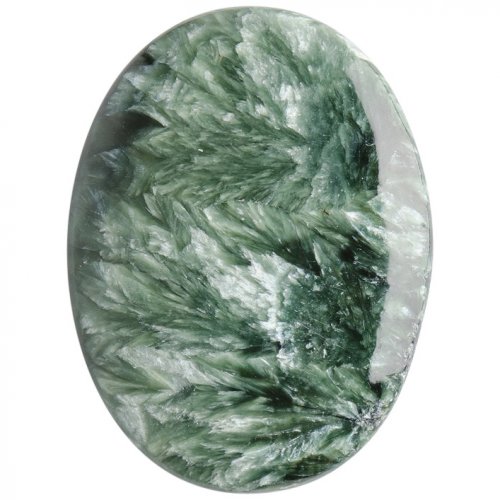 Gem Profile- Seraphinite
Gem Profile- Seraphinite Gem Profile- Serpentine
Gem Profile- Serpentine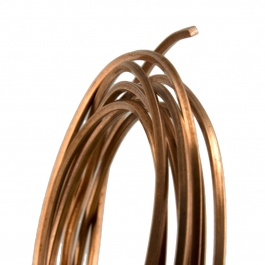 American Wire Gauge
American Wire Gauge Viking Knit and Spool Knit Chain
Viking Knit and Spool Knit Chain Copper Roses
Copper Roses How to Make Medical ID Bracelets Special
How to Make Medical ID Bracelets Special Remembering the Fallen
Remembering the Fallen 6 Ways to Find Your Uniqueness in Jewelry
6 Ways to Find Your Uniqueness in Jewelry Gem Profile- Moissanite
Gem Profile- Moissanite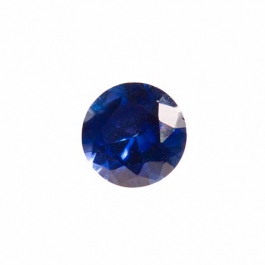 Birthstone Swarovski Colors
Birthstone Swarovski Colors Gem profile- Paua and Abalone
Gem profile- Paua and Abalone Tips for Tucson Shopping- Gem Show Secrets
Tips for Tucson Shopping- Gem Show Secrets Durston Olivia Rolling Mills
Durston Olivia Rolling Mills How to Use a Jewelry Bench Polisher Effectively
How to Use a Jewelry Bench Polisher Effectively 
